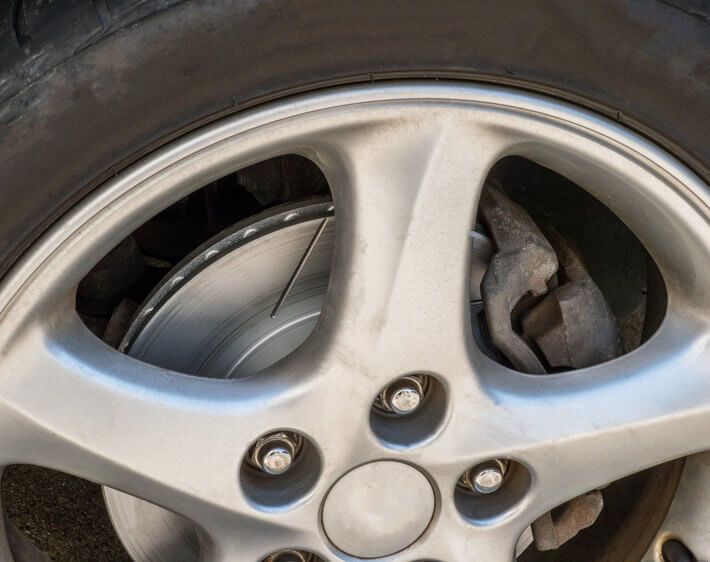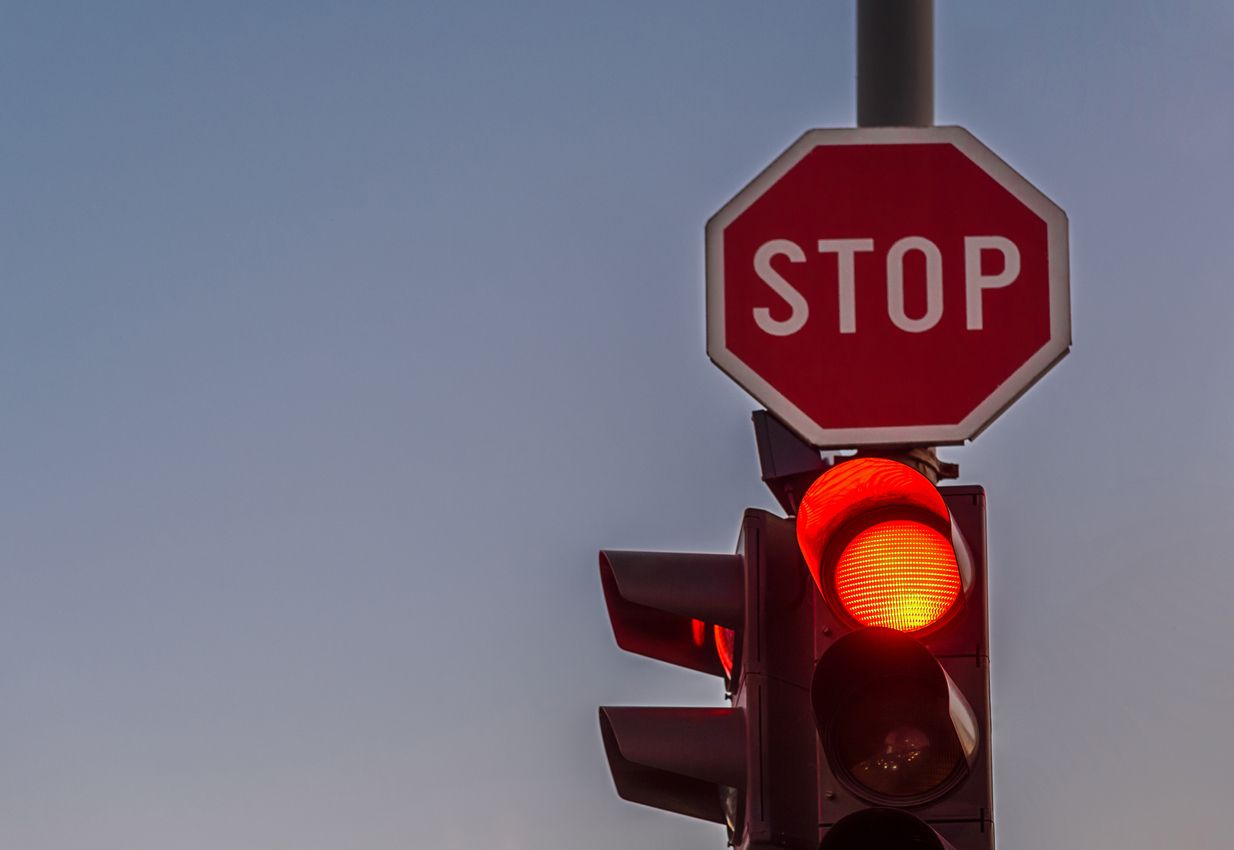BAD BRAKE ROTORS: HOW TO TELL YOURS SHOULD BE REPLACED
When you hit the brakes, you expect your car to slow down immediately. If that doesn’t happen, there could be something wrong with one of the several components that make up the braking system. The brake rotors, which are what your brake pads grip to stop your car, can wear out over time and may need to be replaced. If you noticed any of these signs, it may be time to replace your brake rotors.
VIBRATING STEERING WHEEL
If you feel vibration in the steering wheel when you slow down, your rotors could be signalling trouble. When you step on the brake and the brake pads press down on the rotors, the rotors become extremely hot. Naturally, this heat can cause the rotors to become worn, and over time this could lead to excessive runout or ‘warped’ rotors. Since your brake pads will be pressing onto a surface that isn’t smooth, your braking and steering won’t feel smooth either. The result? A vibrating steering wheel.
VIBRATING BRAKE PEDAL
A vibrating brake pedal goes hand in hand with a vibrating steering wheel. If you feel pulsing or shaking in the brake pedal when you slow down, it could mean the brake rotors are damaged, ‘warped’ or glazed. This makes it difficult for the brake pads and rotors to connect as designed and leads to the shaking or pulsing sensation.
INTERMITTENT SCREECHING
If you ask us, intermittent screeching when you brake is worse than nails on a chalkboard. This screeching happens when the braking system engages with rotors that have developed grooves over time, the brake pad wear indicator is making contact with the rotor, or the brake pad material has worn off, leaving a metal surface to make contact with the metal rotor when stopping. It’s the same principle behind the sound a needle makes when placed in the grooves of a vinyl record, and it's the closest you’ll come to an answer from your car if you ask, “Do I need new rotors?”
BLUE COLORATION
You might get the blues every now and then, but when we're talking about your brake rotors, we mean something totally different! If your rotors display a blue coloration, excessive heat—not sadness—is the likely culprit.
To check for blue rotors, squat down next to one of your wheels and look behind your wheel spokes. See a disc-like object? That’s a rotor! If things look blue, or the pads/caliper look burnt orange it's time for a brake inspection, at a minimum. The heat that caused such coloration may have compromised your braking system.
Keeping your brakes engaged as you drive, which some people refer to as “riding the brakes,” can cause this issue. Drivers who live in mountainous areas with steep slopes often find themselves “riding the brakes” on a daily basis.
EXCESSIVE WEAR OVER TIME
Like most pieces and parts in your car, brake rotors wear out over time. If you have a hunch that you’re dealing with bad rotors, inspect your rotors for grooves, glazing or scoring (which can cause the screeching we mentioned earlier). Also, check your service records and think back to the last time you had your brake rotors inspected and replaced. Brake rotors generally need replacing every 15,000 to 70,000 miles, but the exact number depends on your driving style and vehicle.
CORROSION
Rust on the brake rotors is inevitable. In fact, it’s normal for surface rust to form when the car sits for as little as one day. Once the brakes are used again, the thin layer of rust that has formed will wear off, and the process starts again. The problem occurs when the rust gets so thick that corrosion starts to eat away at the steel of the rotors and weaken them. This usually happens if the vehicle hasn’t been driven in a while, so if that’s the case, it may be time for a brake rotor replacement.
GRINDING NOISE WHEN BRAKING
A grinding or scraping noise when braking is a tell-tale sign that the rotors are worn, warped or damaged. It may start with a squealing noise known as “brake scrubbing,” which indicates the brake pads are losing their thickness and need to be replaced. If they aren’t replaced, it could develop into a scraping or grinding, which means the rotors—and probably the pads—need to be replaced immediately.
BAD BRAKE ROTORS FAQ
Can you drive with bad rotors?
If you have noticed any signs of worn-out or bad brake rotors, we recommend immediately bringing your car in for a brake inspection and service. While it may seem like you can still drive with bad rotors, it’s not safe to do so. They are no longer reliable, and driving, especially at higher speeds, can be dangerous and unpredictable.
How do bad rotors look?
While a little bit of rust on your rotors is completely normal, distinctive score marks or deep grooves are not. A blue discoloration may also be a sign of bad rotors. Repeated pressure, debris and heat will cause wear and tear over time, so replacing your brake rotors when they appear warped, damaged or too thin is important. And dont always judge a rotor based on looks. It may look fine but still causes a heavy pulsation while braking.
How do bad rotors sound?
Squealing, scraping, and grinding are the tell-tale sounds of warped, damaged and worn-out brake rotors. Ideally, using your brakes should produce no sound at all, so if you start to hear new sounds when you slow down, bring your vehicle in for a brake inspection to correct the problem as soon as possible.
Have you noticed any of these signs of bad brake rotors? If so, it's time for a free brake inspection at your local Firestone Complete Auto Care. During your brake check, we'll determine if your vehicle needs any further brake service or repair and if so, talk to you about next steps.


